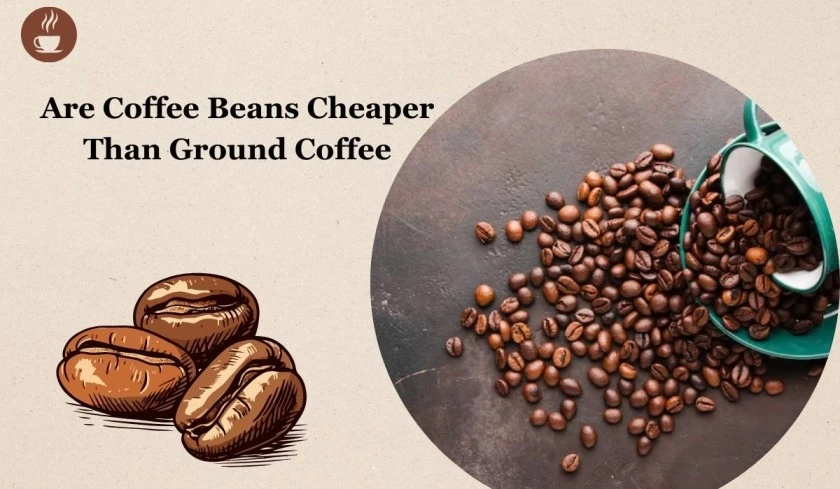
When roasting coffee, it is important to understand the many variables you are working with and the roles that each one plays in the roasting process, as they can influence your results. The worldwide factors at play are time, temperature, and airflow. However, in essence, roasting coffee is the management of heat unromantic to raw coffee beans to develop their inherent flavours. Each roaster may possess a variegated system for applying heat. So, this week, let’s swoop deeper into the variegated heat types in coffee roasting to help you proceeds increasingly tenancy over the outcome of each batch.
You may know that there are several types of heat at work during roasting, and their policies varies – variegated machines operate with variegated heat transfers. The three ways heat can be transferred are conduction, convection, and radiation. In this blog, we will review conduction vs convection and how you can learn to wastefulness these heat transmissions during a roast to help unzip desirable results. Although it may seem trivial, knowing the variegated types of heat transfer in coffee roasting is one of the most impactful factors. With a controlled application, we can get the roast to follow a particular ‘roast profile’ or graphic lines of increasing temperature over time.
What is conductive heating in coffee roasting?
The most straightforward heat type in coffee roasting, conduction, is the transfer of heat between two objects directly in contact. Simply put, when you shrivel your hand upon touching a frying pan that has been heated on the stove, that’s conduction.
In coffee, conduction is seen as the increasingly traditional form of roasting, unreceptive to frying. It requires uncontrived touch. It happens when any type of heating element (e.g. fire) touches the pulsate and when the coffee beans come into contact with the surface of the drum. Some say conductive heat is transferred when the beans disperse inside the roaster and touch each other.
With a archetype pulsate roaster, the untried beans are placed inside a cylindrical pulsate within the machine, where the beans rotate during roasting. Below the drum, an unshut flame heats the cylinder, transferring heat to the coffee beans via uncontrived contact with the hot metal surface.
What is the convective heat type in coffee roasting?
Convection is the process by which heat energy is transferred by a fluid medium, such as water. In coffee, convection happens when heat is unromantic indirectly into the beans, transferred via contact with surrounding hot air drawn by the roasting fan over the roaster’s burner, through the drums, and over the beans.
The convective heat transfer mechanism is often believed to requite increasingly resulting results, as the pre-heated air has total unvarying contact with the unshortened surface of every bean. Compared to the traditional method of conduction, convection is considered a increasingly efficient and resulting way of roasting coffee.

Balancing conductive and convective heating
The two types of heat are often used in tandem, although increasingly and increasingly modern roasters rely entirely on convective heat transfer.
Conduction can play a particular role at the start of a roast when the room-temperature untried beans are put in the hot drum. In a archetype pulsate roaster, rotation helps mix the beans while they swizzle heat by uncontrived contact, which can prevent the beans from getting scorched. Scorching happens when only a small zone of the beans is in contact with the drum, leaving you with dark, charred patches on the unappetizing sections of their surface, resulting in unwanted characteristics, such as burnt, smoky, and stormy flavors.
Conduction cooks from the outside in, meaning that the inside of the beans are still partly unroasted, while the surface appears ready. Conversely, convection uses air that transmits the heat increasingly softly and gradually than a hot metal surface, leading to a increasingly plane roast. Hot air can be passed at upper speed, quickening the roasting process.
How, then, can we incorporate conductive heating and utilize convection to our unique needs and benefit?
Berto’s Type D and Type R roasters can offer sound solutions and set you untied from your competition.
Berto Type D Roaster machines, made for small to medium-scale roasters and cafes, powerfully use the traditional conduction system. However, this roaster is now enhanced with a state-of-the-art tenancy system that gives you tight and well-judged tenancy for resulting roasts, while at the same time permitting you the self-rule to produce creative profiles.
If you prefer the convective way, our Berto Type R Roaster are the ultimate production roasters, made for medium to large-scale commercial coffee roasters and coffee distributors. This superior roasting machine offers 100% hot air heat transfer for higher consistency, a smokeless system, a touch screen tenancy panel and a fully streamlined roasting capability.
With our high-functioning machines, you can consul tasks efficiently. Need help choosing a suitable machine for you? Contact us or learn more well-nigh our roasters and start your coffee journey with us.
The post Conduction vs. Convection in Coffee Roasting appeared first on Berto Coffee Roaster.














